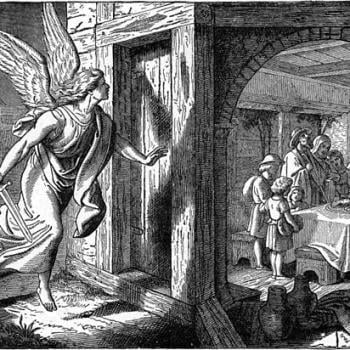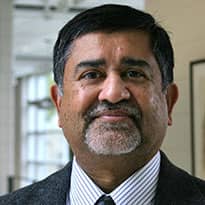Jackson is a sympathetic reader of these biographies and provides the necessary context for understanding these narratives. Maybe, because of Jackson's straightforward rendering of these matters, his work has not found much purchase in Western academe where caste, sex, conflict, oppression, and such other issues, long on theory and short on facts, get a lot of traction in religion studies. In this book, Jackson brings to light and translates the less familiar of Tyagaraja's work, the "Nauka Charitram" ("Boat-ride Reverie"), where Tyagaraja, whose Ishta Devata was Sri Rama, uses the child Krishna as the central image—an image more popular in North Indian music and art renderings. In Tyagaraja and the Renewal of Tradition, Jackson brings to light how Tyagaraja's work and popularity grew, describes the beauty and skill of his music, and tells us tales about who was responsible for strengthening the tradition of the singing and remembering of Tyagaraja's music. This includes the fascinating story of Bangalore Nagarathnamma, whose life has been commemorated in another fine book by V. Sriram, titled, The Devadasi and the Saint: The Life and Times of Bangalore Nagarathnamma.
But Jackson's classic work on Tyagaraja is his Tyagaraja: Life and Lyrics, in which he provides a rich variety of contexts—political, historical, regional, caste, etc.—to understand Tyagaraja's life and work. The second half of the book is dedicated to translating some of the great kritis (songs) composed by Tyagaraja. Much of the tumult in Tyagaraja's lifetime can only be discovered in others' work. There is nothing in his music from which we can understand the intrusions and the depravations inflicted on the land and on the lives of people (by the British, by the Maratha kings, and by Hyder Ali and Tipu Sultan) in Tiruvaiyaru, where Tyagaraja's parents and he lived, and the nearby capital city of Tanjavur. Of this, and of his music, Jackson provides much needed depth and insight, without the now commonplace criticism of Brahmins and Brahmin culture evident in other scholars' work. (See, for example, Yoshitaka Terada's work.)
Bill Jackson acknowledges the support and encouragement of his spiritual guide, Sri Satya Sai Baba, in his quest to understand and write about one of the most complex of Indian art forms: Carnatic classical music, and its most talented and gifted doyen, Saint Tyagaraja. To write about Tyagaraja, Bill Jackson had to learn a variety of South Indian languages as well as Sanskrit, learn about classical music, and tease out meanings from the patchwork mix of the simplistic renderings of South Indian history, politics, and culture. From those many years spent in India learning the language and the music, from great teachers like T. S. Parthasarathy, Jackson has been able to weave together the tale of Tyagaraja like no other scholar has been able to. His dedication to the saint-musician has been such that he has even tried his hand at writing a historical novel about Tyagaraja, The Singer by the River, which can be a great introduction to the life of the saint for children and young adults, especially.
Tyagaraja's music is indeed divine, and he not only wrote lovingly about his chosen deity, Sri Rama, but wrote more than a dozen songs on the nature and beauty of spiritual music. It is claimed that Tyagaraja was so prolific that he composed 24,000 songs, as many songs as there are verses in the Ramayana. He did not write down the songs he composed but his students did, as much as they could remember, as he spontaneously burst forth in beautiful song. He was a trained musician, and his songs are intricate and subtle, balanced and faultless. It is to William Jackson's credit that he has brought to light, for the international reader, the life and music of this man divine.





